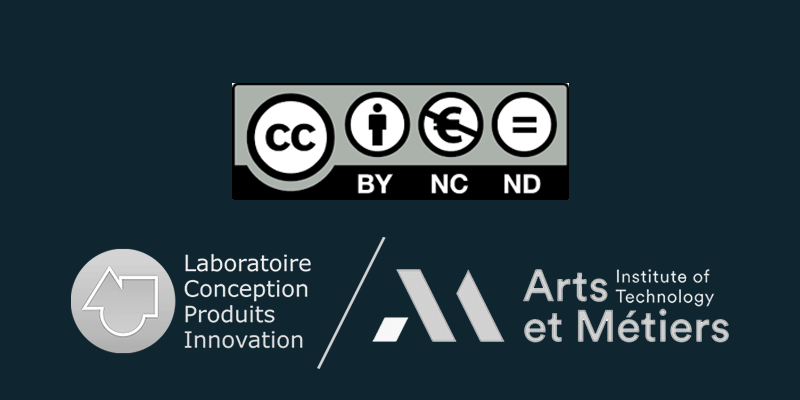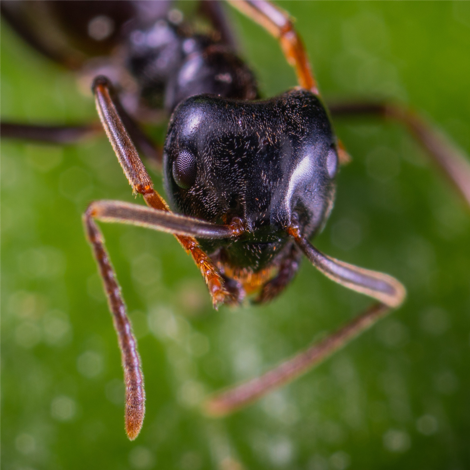Introduction
Bio-inspiration
From Leonardo da Vinci (Figure 1), to Otto Schmitt, to Janine Benyus, bio-inspiration, or looking at
living organisms for inspiration, has been an approach of increasing interest in the scientific
community and especially in the engineering design field focusing on methodologies.
Bio-inspiration is based on one undeniable observation: living beings have properties that we, as
human
beings, aren’t able to develop using standard technological innovation approaches (the ability to
smell
like a dog, to heal like the skin, to reach leaves energetic yields, to produce little to no
waste, to be highly resilient, etc.).

Figure 1. Leonardo da Vinci’s flying machines
Life’s adaptation process
The evolutionary process, engine of the emergence of biological solving strategies,
is somewhat reminiscent of the double diamond process describing the design process of innovation
[Design Council, 2004]
(Figure 2).
For a given population, divergent phases lead to an increase of the genetic diversity, through various
mechanisms such as independent assortment during sexual reproduction, crossing-over during meiosis or
genetic mutation in germ cells. Convergent phases lead to the selection of organisms having specific
genetic sequences. Over time, the proportion of the genetic material in the population evolves, leading
to the adaptation of the population. It must be clearly underlined that, where organisms are selected,
they however do not adapt in a genetic, evolutionary sense, only populations adapt in a dynamic way, as
the resultant of numerous organisms’ selection.
Multiple blind mechanisms (not oriented by choices or will of any kind) explain this selection step
[Kutschera, 2004].
The most well-known, natural selection, is based on evolutionary pressure and depends on factors
impacting the ability of organisms to produce offspring.
This ability partly rely on the chance of survival of an organism, which depends on the adequacy between its traits and its
environment. This adequacy is referred to as fitness in biology.
To illustrate this process, let’s
consider a fishing net as part of an environment. The organisms which size (selected trait) is bigger
than the size of the mesh (environmental constraints) will be eliminated, and so can’t reproduce with
other organisms remaining in the environment. On the contrary, organisms that are smaller than the mesh
of the net aren’t sensitive to this environmental constraint and so survive and can have offspring.
Environmental constraints combined with specifically inadequate traits thus lead a given organisms to
their death, preventing them to reproduce and so to pass on their genes. Hence, in a rather stable environment,
the fitness of the organisms composing the population increases through generations as long as the balance with its other traits
and the environment allows it.
This phenomenon, also known as the “survival of the fittest”, is one of the main mechanisms of natural selection and partly explains
how biological organisms evolve and so how life "generates" solutions.

Figure 2. Life’ adaptation process compared
with
the double diamond innovation process in product design
A stock of highly efficient solutions
Nonetheless, product design faces one huge constraint that nature does not: it has little time,
little to invest and does not have much room for mistakes. Where life’s adaptation mostly emerges
from random genetic mixing and inherent errors of biological mechanisms, engineers’ expectations in design are about immediate
success and quality. What is currently visible in nature has already been selected during the past 3.8 billion
years to meet the current environmental constraints and so must be considered as the present success
stories of life adaptation process. By looking at the living beings, we can use the results of natural
evolution's mechanism while skipping the iterative and blind divergent and convergent phase. If these solutions can't be
considered optimal, living beings are still organized at multiple scales, interdependent, and especially adapted for a given environment,
which means they are adapted to a given set of constraints. If constraints drive innovation this diversity
of adapted species gives us as many solutions as they are environmental conditions and so problems.
In a world where mankind’s integration within its ecosystem appears as an undeniable necessity, our
need for new innovative strategies, and so for a change in our framework of reference, appears required.
Differences between close semantic concepts: Bionic, Biomimetics and Biomimicry.
In 2015, to prevent any misunderstandings researchers developed a strict linguistic definition of
the most common, and often mixed up, terms referring to the field: bio-inspiration, bionics, biomimicry
and biomimetics
[ISO/TC266, 2015]
(Figure 3):

Figure 3. Definition of the concepts related to
bio-inspiration
- Bionics, as the ability to get inspired from living being to replace or enhance a biological
function through Robotics.
- Biomimicry, as the philosophical field which aims at learning from living beings in order to
design in a more sustainable way. Its main idea is to reconnect our innovative strategies and
expectations with inherent ground rules imposed by our finite world, its delicate inorganic balance and the
highly sensitive ecosystems it shelters.
- Biomimetics, as the methodological aspect linked with bio-inspiration, appears as a crucial
element in the spread and implementation of such new practices. Biomimetics is defined as “the
interdisciplinary cooperation of biology and technology or other fields of innovation with the
goal of solving practical problems through the function analysis of biological systems, their
abstraction into models and the transfer into and application of these models to the solution”.
Examples
From aeronautic to biomedical field, to architecture, to social organization, one of biomimetics main
strength is the diversity of its fields of application. Amongst this incredible variety of solutions here
are some examples of biomimetic innovation axes:
 LINKAGE
LINKAGE 





